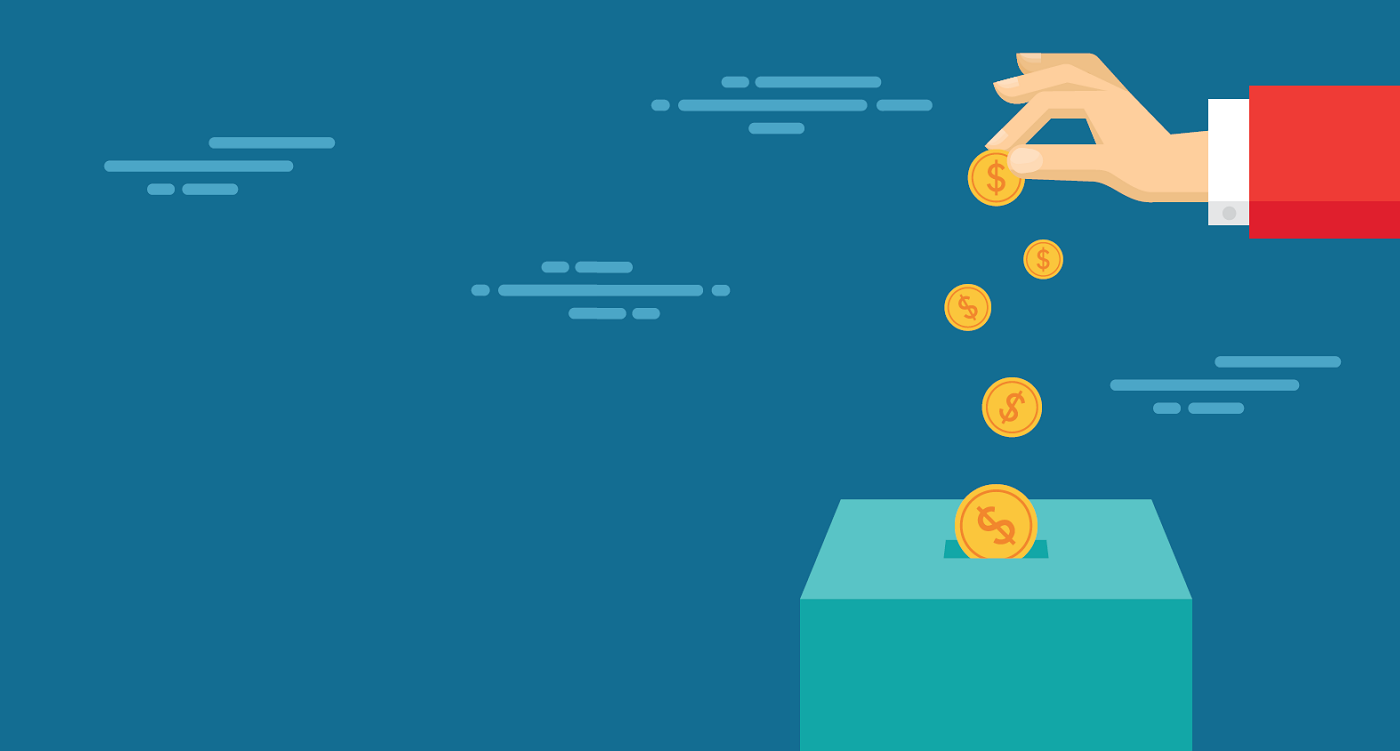
Why you should have an emergency fund
When you’re faced with unexpected expenses, having emergency cash set aside can make all the difference.
Could a relatively minor event—such as an unexpected filling, visit to the vet, broken phone, faulty home appliance or busted car tyre—leave you financially stranded?
If you answered yes, you’re not alone. One in five Australians don’t have enough money set aside to cover a $500 emergency, while one in eight has less than $100 to cover even a small setback.
We take a look at the stats, the benefits of emergency funds and how you can set one up with ease.
The current state of affairs
An Australian study showed unexpected bills could spell financial ruin for many Aussies.
Figures showed:
- Only 41% of the population had at least $5,000 to pay for unexpected costs, while 30% had less than $1,000 on hand to cover expenses
- Unexpected situations that people experienced included things like redundancy (24%), dental work (18%), illness not covered by Medicare (11%), burglary (11%), accidents requiring surgery (11%), booking emergency flights at short notice (10%), and a lost phone (8%).
The benefits of an emergency fund
An emergency fund can give you peace of mind by creating a pool of rainy-day savings that can be used to pay unexpected bills in the event of a financial dilemma.
It also reduces the need to rely on high interest borrowing options, such as credit cards or applying for payday loans, which can often be an expensive form of finance and create unwanted debt.
How to prepare for the unexpected
Set yourself a savings goal
First thing’s first. Decide on a small percentage of your salary which you can contribute to your emergency fund each payday, and without hassle. As a general rule, it’s a good idea to work towards having about three months’ worth of your salary stashed away.
Open an account that’s accessible
Making sure your emergency fund is easy to get to is important, as you never know when you might need to make a withdrawal. Separating this money from your everyday account is also a good idea so you’re not tempted to dip into your reserves.
Look at interest rates and annual fees
Shop around for an account that has competitive interest rates and no added fees as this could impact the money you’re able to save.
Meanwhile, if you have an offset account tied to a home loan, you could consider putting your emergency funds there. Because you pay interest on your home loan, minus the amount in your offset account, you could find you have more money on hand.
Set up automatic payments
Setting up automatic payments from your everyday account to your emergency savings fund each payday will save you time and could help you to grow your savings faster.
Top up your fund with extra cash
Consider putting into your emergency fund additional money you may get throughout the year, such as your tax refund, annual bonus, birthday money or any loose change you accumulate.
Remember what you’re trying to achieve
It’s important to keep in mind that an emergency fund is for emergencies—that doesn’t mean a holiday, weekend cab fares or a day at the shops. That’s why it’s essential to draw a line between savings for personal dilemmas and savings for anything else.
Source: AMP News & Insights.



